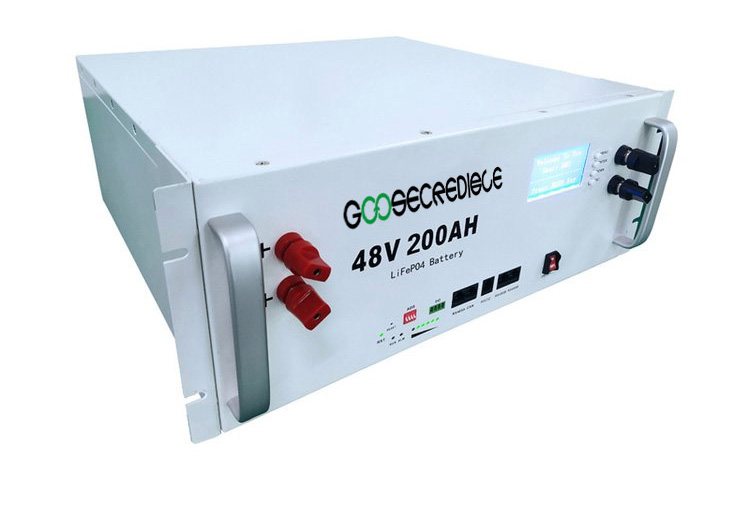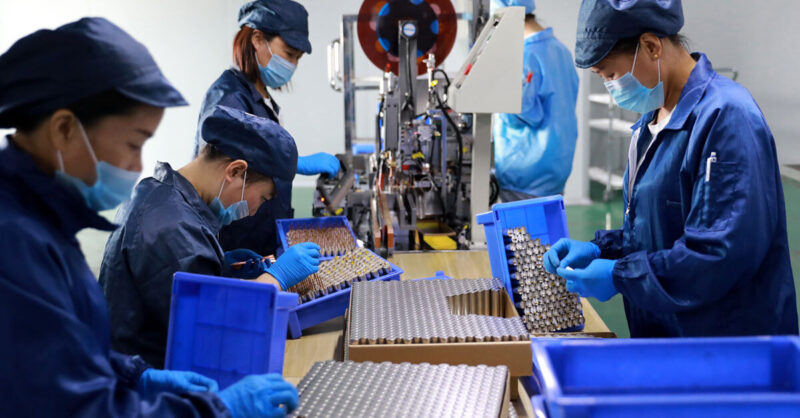Locomotive Starter Battery: Powering Up Your Engines
In the world of locomotives, the starter battery is an essential component that powers up the engine. It acts as a source of energy that delivers the initial burst of power needed to start the engine and keep it running. Locomotives are heavy-duty machines that require a lot of power to operate, and the starter battery plays a crucial role in ensuring they function properly.
A locomotive starter battery is typically a lead-acid battery that is designed to deliver high currents for short periods of time. It is built to withstand the rigors of the railway environment, including extreme temperatures, vibrations, and shocks. The battery is usually located near the engine compartment, where it is easily accessible for maintenance and replacement.
When a locomotive is started, the starter motor draws a large amount of current from the battery. The battery delivers this current in a burst, which provides the necessary torque to turn the engine over and start it. Once the engine is running, the alternator takes over and provides the power needed to keep the engine running and to charge the battery.

The starter battery is also responsible for powering the locomotive’s auxiliary systems, such as the lights, radio, and air conditioning. These systems require a constant source of power, and the battery ensures that they remain operational even when the engine is not running.
To ensure the reliability and longevity of the starter battery, it is important to perform regular maintenance and monitoring. This includes checking the battery\’s voltage and capacity, inspecting the terminals and connections for corrosion or damage, and ensuring that the battery is properly secured in its housing.
In addition, proper charging is essential to the performance of the starter battery. Overcharging or undercharging can lead to premature failure and reduced capacity. It is important to use a charger that is specifically designed for lead-acid batteries and to follow the manufacturer’s instructions for charging and maintenance.
In conclusion, the locomotive starter battery is a critical component that ensures the proper functioning of the engine and auxiliary systems. It provides the initial burst of power needed to start the engine and keeps the auxiliary systems running when the engine is not in use. By performing regular maintenance and monitoring, and using proper charging techniques, the starter battery can provide reliable and long-lasting service.
-
 To charge a Lithium Iron Phosphate (LiFePO4) battery, follow these general steps: Use a charger specifically designed for LiFePO4 batteries, as this type of battery has a different charging profile than other lithium-ion batteries. Connect the charger to the battery, making sure the polarity is correct. Set the charger to the appropriate charging voltage and current for your specific battery....Read more
To charge a Lithium Iron Phosphate (LiFePO4) battery, follow these general steps: Use a charger specifically designed for LiFePO4 batteries, as this type of battery has a different charging profile than other lithium-ion batteries. Connect the charger to the battery, making sure the polarity is correct. Set the charger to the appropriate charging voltage and current for your specific battery....Read more -
 The demand for clean and sustainable energy sources has been on the rise in recent years due to growing concerns about climate change and the need to reduce greenhouse gas emissions. As a result, the development of efficient and reliable energy storage systems has become a key focus of research and innovation. Among the various technologies available, lithium batteries have...Read more
The demand for clean and sustainable energy sources has been on the rise in recent years due to growing concerns about climate change and the need to reduce greenhouse gas emissions. As a result, the development of efficient and reliable energy storage systems has become a key focus of research and innovation. Among the various technologies available, lithium batteries have...Read more -
 China Starter Lithium Battery Factories have been changing the landscape of the automotive industry by providing a more efficient and eco-friendly alternative to traditional lead-acid batteries. As the world shifts towards sustainable energy sources, lithium batteries have emerged as a popular choice due to their higher energy density, longer lifespan, and lower maintenance requirements. In this blog post, we will...Read more
China Starter Lithium Battery Factories have been changing the landscape of the automotive industry by providing a more efficient and eco-friendly alternative to traditional lead-acid batteries. As the world shifts towards sustainable energy sources, lithium batteries have emerged as a popular choice due to their higher energy density, longer lifespan, and lower maintenance requirements. In this blog post, we will...Read more -
 Introduction: In recent years, the world has witnessed a growing demand for electric vehicles as a means to reduce carbon emissions and combat climate change. Responding to this need, an innovative electric dirt bike powered by advanced lithium battery technology has emerged as a game-changer in the transportation industry. This article aims to explore the features and benefits of this...Read more
Introduction: In recent years, the world has witnessed a growing demand for electric vehicles as a means to reduce carbon emissions and combat climate change. Responding to this need, an innovative electric dirt bike powered by advanced lithium battery technology has emerged as a game-changer in the transportation industry. This article aims to explore the features and benefits of this...Read more -
 In today's fast-paced and interconnected world, communication equipment plays a vital role in keeping people connected. Whether it is a mobile phone, laptop, or any other portable device, the battery is the lifeline that powers these devices. Over the years, significant advancements have been made in lithium battery technology, revolutionizing the way we communicate. This article will explore the latest...Read more
In today's fast-paced and interconnected world, communication equipment plays a vital role in keeping people connected. Whether it is a mobile phone, laptop, or any other portable device, the battery is the lifeline that powers these devices. Over the years, significant advancements have been made in lithium battery technology, revolutionizing the way we communicate. This article will explore the latest...Read more -
 Lithium iron phosphate (LiFePO4) batteries have been gaining popularity in recent years as a more efficient and environmentally friendly alternative to traditional lead-acid batteries. In this article, we will explore the benefits and applications of LiFePO4 battery cells. Benefits of LiFePO4 Battery Cells 1. High Energy Density: LiFePO4 batteries have a high energy density, which means that they...Read more
Lithium iron phosphate (LiFePO4) batteries have been gaining popularity in recent years as a more efficient and environmentally friendly alternative to traditional lead-acid batteries. In this article, we will explore the benefits and applications of LiFePO4 battery cells. Benefits of LiFePO4 Battery Cells 1. High Energy Density: LiFePO4 batteries have a high energy density, which means that they...Read more -
 When it comes to embarking on an adventure-filled journey, having a reliable power source is essential. Whether you are camping in the wilderness, exploring remote areas, or simply enjoying the great outdoors, a lithium camper battery can be the ultimate power solution. With its numerous advantages over traditional lead-acid batteries, the lithium camper battery is becoming increasingly popular among outdoor...Read more
When it comes to embarking on an adventure-filled journey, having a reliable power source is essential. Whether you are camping in the wilderness, exploring remote areas, or simply enjoying the great outdoors, a lithium camper battery can be the ultimate power solution. With its numerous advantages over traditional lead-acid batteries, the lithium camper battery is becoming increasingly popular among outdoor...Read more

